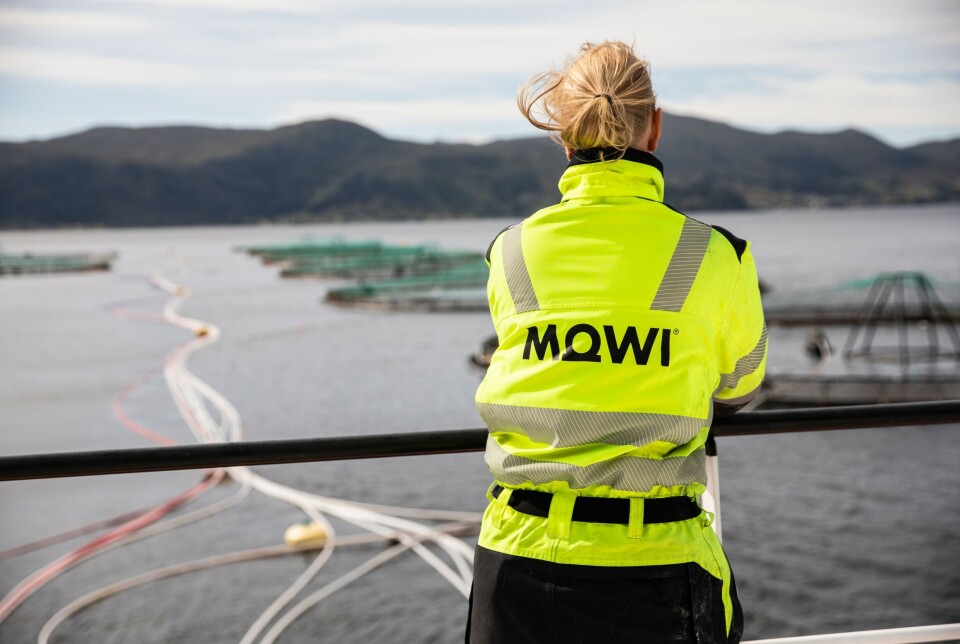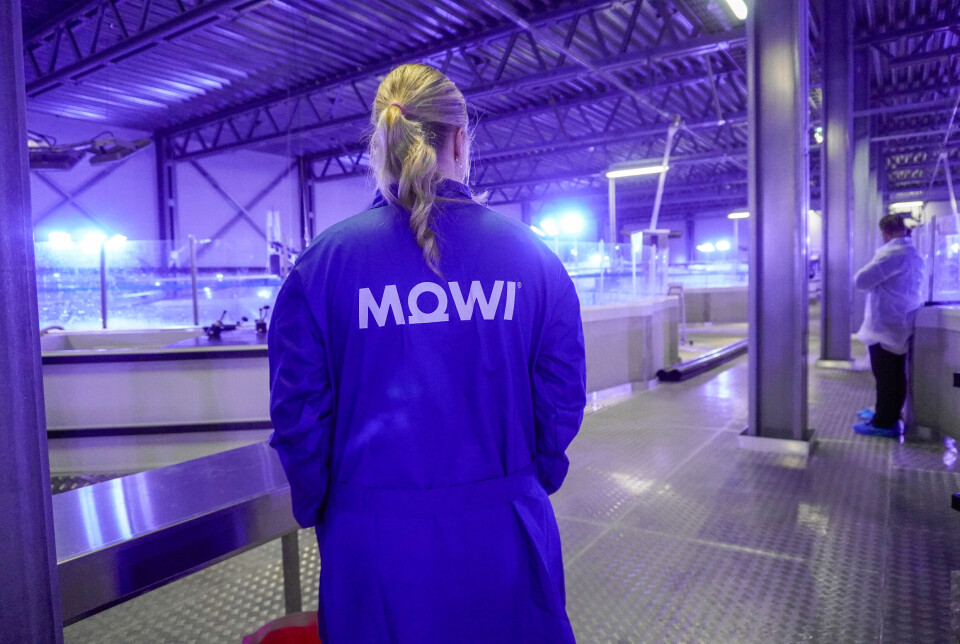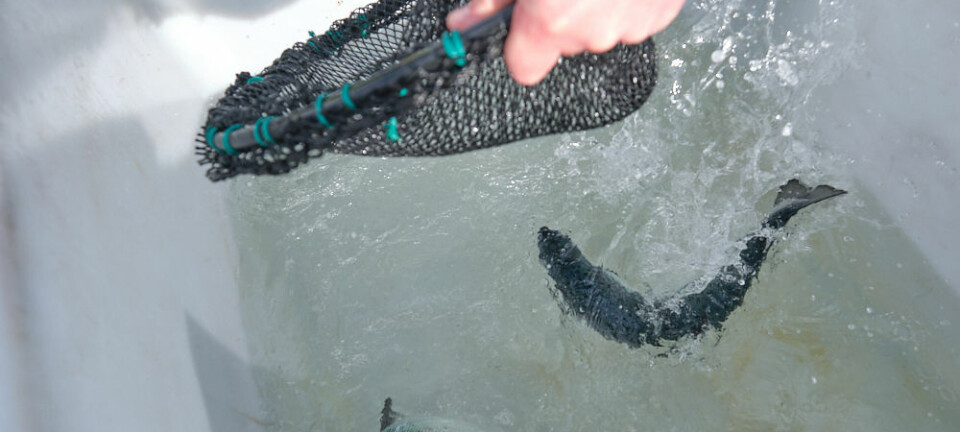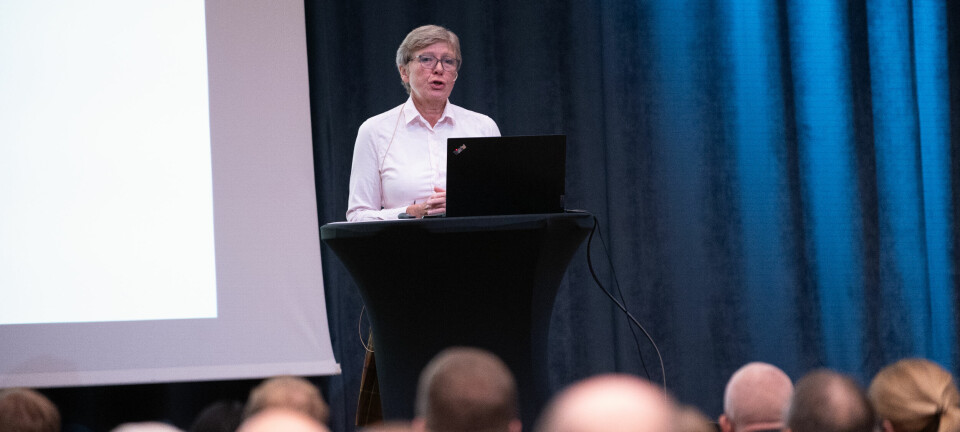
Demand for salmon is growing twice as fast as supply
While the market is rising by 7% annually, supply is only increasing by 3%. This will give farmers high prices and stable demand, but also increased pressure on technology and biology.
This is revealed in Mowi's newly published Salmon Farming Industry Handbook for 2025, which shows how the aquaculture industry is shaped by everything from climate and markets, to health and politics.
From 2014 to 2024, sales volume grew by 27%, while value increased by a whopping 98%. Forecasts up to 2029 show that supply growth will remain around 3% per year, while demand is close to 7%. This results in high prices and pressure on capacity.
"We expect the imbalance between supply and demand to persist in the years ahead," Mowi, the world's biggest salmon farmer, writes in the Handbook.
In 2022 in particular, demand increased sharply after the pandemic, with record-high consumption and global salmon sales of €20 billion (approximately £17bn at 2022 exchange rates).
Lower mortality
Mortality is a key indicator of fish health. In 2024, Mowi Norway had a mortality rate at sea of 14.7%, while the Faroe Islands had a mortality rate of 6.8%. Annual mortality across all seven countries where Mowi farms was 16.2%, down from 17.4% in 2023. The figures include deaths related to disease, environmental impact, lice and other conditions.
The differences illustrate how biological challenges still characterise Norwegian aquaculture, particularly in the form of pancreas disease, wound problems, and demanding lice treatment.
In the report's sustainability chapter, Mowi points out that these challenges must be addressed through better technology, better biology, and better operations. The company highlights several key initiatives that are already in use or being scaled up:

Increased use of post-smolts to reduce time at sea and disease exposure
Screening technology such as louse skirts and snorkel cages
Non-drug lice treatments, such as warm water, fresh water, lasers, and mechanical removal
Stricter biosecurity and infection prevention routines
Breeding for more robust fish with better disease tolerance
"Biological challenges must be solved through better technology, better biology, and better operations. This is not optional, but crucial for future sustainability," the company writes.
In countries such as Chile and the Faroe Islands, stable temperatures and shorter production cycles are highlighted as factors that reduce biological risk. However, the report does not provide specific mortality figures for Chile.
Non-medicinal lice treatments
A clear feature of the development in recent years is the reduction in the use of lice medicines. In 2024, 82% of lice treatments in Norway were non-drug, compared to only 12% in 2015. Technology such as hot water, freshwater baths, snorkel cages and lasers are increasingly being used.
"We only use medicine when other measures do not have sufficient effect, or when fish welfare requires it," writes Mowi.
This represents a clear shift towards more gentle and environmentally friendly handling.
Feed accounts for most of footprint

Feed production is the largest source of greenhouse gas emissions in the salmon industry. In 1990, feed consisted of 65% fishmeal, but by 2024 this was down to 16%. Mowi now uses 0.6 kg of wild fish per kg of salmon produced.
To further reduce the footprint, new feed sources are being developed, such as:
Insect meal
Algal oils
CO2-based proteins from fermentation and forests
By-products and waste
"New raw materials can reduce the footprint and at the same time free up resources for human food," the company writes.
At the same time, Mowi writes in the report that work is being done on traceability and requirements for sustainable production for both marine and vegetable ingredients.
Salmon excels in sustainability compared to other proteins:
CO2 footprint: 5.1 kg per kg of meat (compared to 39 kg for cattle)
Water consumption: 2,000 litres per kg (compared to 15,400 litres for cattle)
Feed conversion: FCR ~1.2 and 28% protein retention
Edible proportion: 73%
New growth in China and Brazil
Mowi writes that demand is growing the most in the United States, China, and Brazil. China is establishing itself as a significant consumer of Atlantic salmon, as is Brazil.
Per capita consumption varies enormously: from 0.1 kg round weight in some markets to as much as 6–8 kg in Norway, Sweden and Finland. This means that there is great growth potential even in established markets.
Fewer people control more
Mowi is still the world's largest salmon producer, accounting for about 20% of Norway's production and one-third in the UK and North America. In both Norway and Chile, the 10 largest companies produce the majority of all salmon.
Mowi writes that the industry is characterised by further consolidation, with fewer and fewer larger players – and an expectation that this will continue.






































































